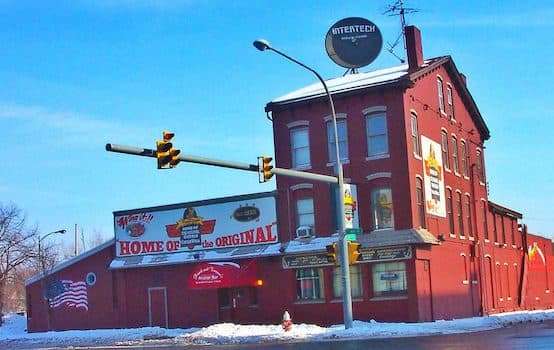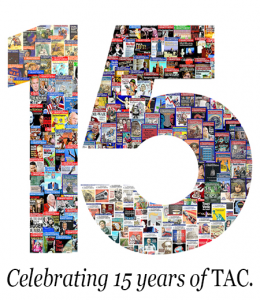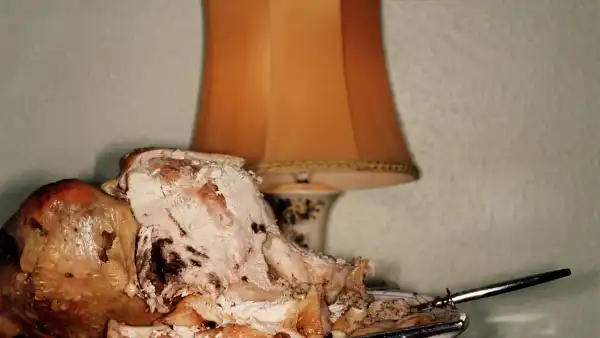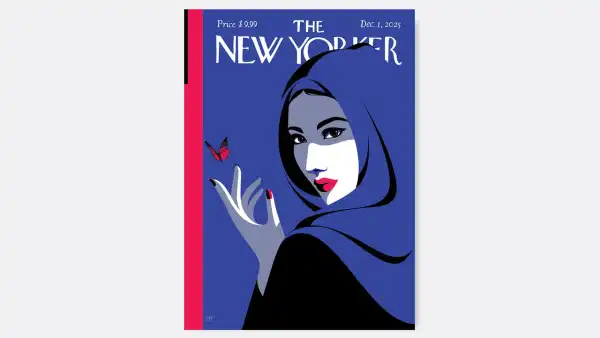
In June of this year, it will have been exactly 20 years since Vincent Gallo’s cult classic “Buffalo 66” was released, to unanimous critical praise. The film’s offbeat plot, about a recently released ex-con who kidnaps a young woman and then forces her to pretend to be his wife before he assassinates ex-Buffalo Bills kicker “Scott Wood” (a stand-in for Scott Norwood, who missed a late-game field goal during Super Bowl XXV that cost the Bills the game), is mirrored by its offbeat setting: the crumbling and depressed yet still weirdly charming city of Buffalo, New York in the late 1990s. Eccentric Buffalo native Gallo turned in an impressive and strikingly authentic performance as the film’s troubled protagonist Billy Brown. But it was the city itself that was the real star of the film—a city for which Gallo’s character was ultimately little more than an avatar.
Hidden away in the far western corner of New York State and straddling the Canadian border, Buffalo sometimes feels like the city that time forgot. Many of its storefronts, bars, and bowling alleys look like they haven’t been updated since the 1970s. The people themselves seem isolated from the rest of country. There is a kind of invisible triangular barrier, stretching from Toronto in the north to Rochester in the East and Erie, Pennsylvania, in the southwest, that marks the furthest most Buffalonians ever venture from the queen city and its suburbs (aside from perhaps the occasional mid-winter pilgrimage to Florida). In fact, many Buffalonians mostly stay in the general vicinities of their local neighborhoods, with so-called “northtowners” rarely venturing south of downtown and vice versa, much less travel across the country.

Much of this tendency is due to the city’s historically ethnic character. The vast majority of Buffalo metro’s population is Catholic, descended mostly from Italian, Polish, and Irish migrants who settled into highly segregated enclaves within the city. Those enclaves helped engender unique and idiosyncratic micro-cultures within Buffalo itself.
Buffalo’s population peaked at over half a million during its mid-century apotheosis but has since declined to less than half of that as the big factories, places like Bethlehem Steel, closed their doors for good, leaving behind giant rusting hulks that stand as monuments to the hollowing out of the American middle class. Unemployment and despair followed in the wake of the great deindustrialization of the 1970s and 80s, made all the worse by the city’s brutal and notorious winter weather. Buffalo has a reputation for snow, but its severity tends to be overstated and sensationalized (Rochester actually gets more snowfall). The real soul-crushing aspect of Buffalo’s winter is the brutal winds that blow in from Lake Erie and result in crippling wind chills as well as a constant lack of sunshine. In fact, Buffalo is one of the cloudiest cities in the country. It’s so cloudy that you’d be forgiven for thinking that the sun disappears entirely during the city’s six-month-long winters.
Without much to do for half the year, Buffalo’s residents pass the time mostly by drinking (bars don’t close until four in the morning) and cheering on their continually disappointing local sports teams: the Bills and Sabres, both of which have a something of a cult following. Sporting events, in particular tailgating outside of Bills home games in suburban Orchard Park, seem to be little more than excuses to get drunk with friends, the buzz from the alcohol helping to reconcile fans to the usually underwhelming performances from the home team. Tailgating outside of Bills games is a uniquely Buffalo experience: fans arrive early in the morning on game day and start grilling and passing around the beer in the parking lot. By noon most everyone is thoroughly smashed, with hugs and smiles passing freely amongst people who were, only a few hours before, complete strangers.
This is Billy Brown’s Buffalo, a dreary town of overcast skies, abandoned smokestacks, and frigid temperatures, a rusted out city filled with eccentric townies who seem to inhabit a kind of nostalgic dream world all their own that runs parallel to and exists entirely separately from the reality occupied by the rest of the country.
But time has not stood still entirely. In many ways Billy Brown’s Buffalo is now passing away as gentrification slowly but surely changes the face of much of the city’s character. The formerly bohemian Elmwood Village neighborhood, for instance, once the haunt of packs of feral hipsters (of the non-trust-fund variety), starving artists, and less-than-great musicians, has gone upscale. Gone are the old dive bars, tackily decorated pizza shops, and bowling alleys, replaced by upscale wine bars full of young professionals enjoying tasteful banter with their girlfriends, restaurants that specialize in artisanal guacamole, and doggie daycares to care for the “furbabies” of the area’s childless yuppies. Gone, too, are the cheap rents and cheap beer. The once bohemian has become boutique.
Much of the rest of Buffalo’s downtown is experiencing a similar phenomenon. New condo projects have gone up, made possible, of course, by generous tax breaks. The formerly decrepit waterfront has been completely renovated. Once-abandoned Main Street has miraculously started to come back to life. Hell, even the Bills finally seem to be doing better, having made the playoffs for the first time in 17 years.
Things have certainly changed since the 90s, but, contra the boosters who have fetishized the new progress for its own sake, not all of it has been good. Something has been lost.
“Buffalo 66” was famously an autobiographical project for Gallo, a sort of belated half-love letter to a town and family he fled from when he was only 16. The house used in the film was Gallo’s childhood home, and the abusive, pathological, and detached parents he kidnaps a stranger to try and impress are obvious stand-ins for his own. The film was as much Gallo’s own attempt to reckon with the city he left behind, with all its simultaneous dysfunction and subtle charm, as it was a work of art.
It’s a reckoning those cheering on the city’s continued “progress” might do well to have themselves, lest they succeed in gentrifying out of existence the very things, like the mystical lanes of Recckio’s bowling alley, that made Billy Brown’s Buffalo so strangely beautiful in the first place.
Dan DeCarlo is a freelance writer from Buffalo, New York. He currently lives Washington, D.C.
Sourse: theamericanconservative.com






